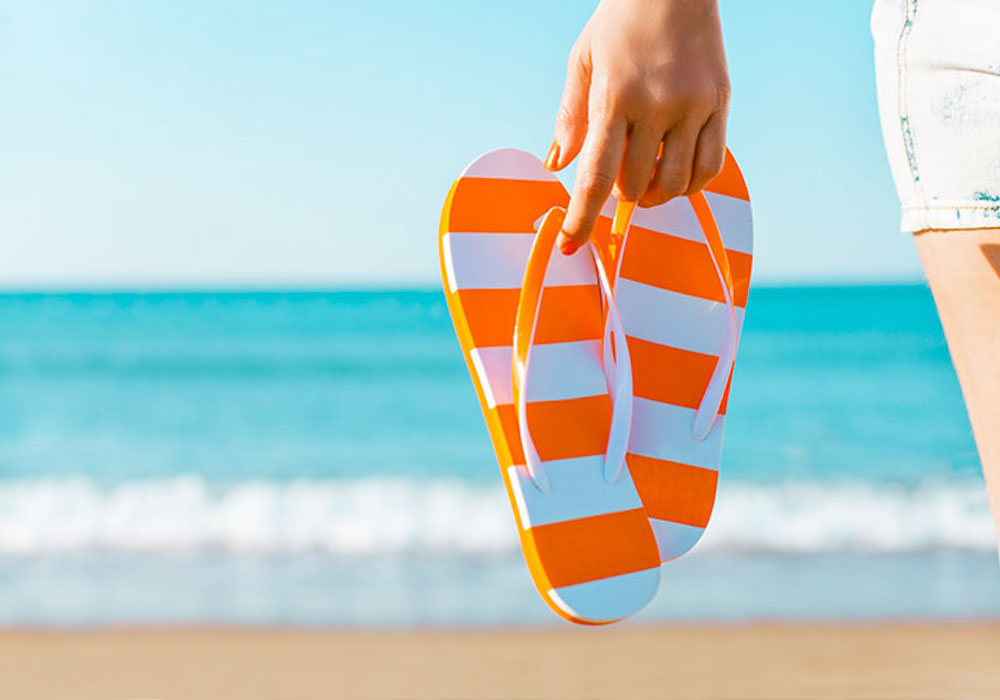
There are over 2,000 ER visits per year for ‘shoe-related’ injuries. Injuries attributed to flip-flop wearing gone wrong accounts for 25,000 visits a year.

There are over 2,000 ER visits per year for ‘shoe-related’ injuries. Injuries attributed to flip-flop wearing gone wrong accounts for 25,000 visits a year.
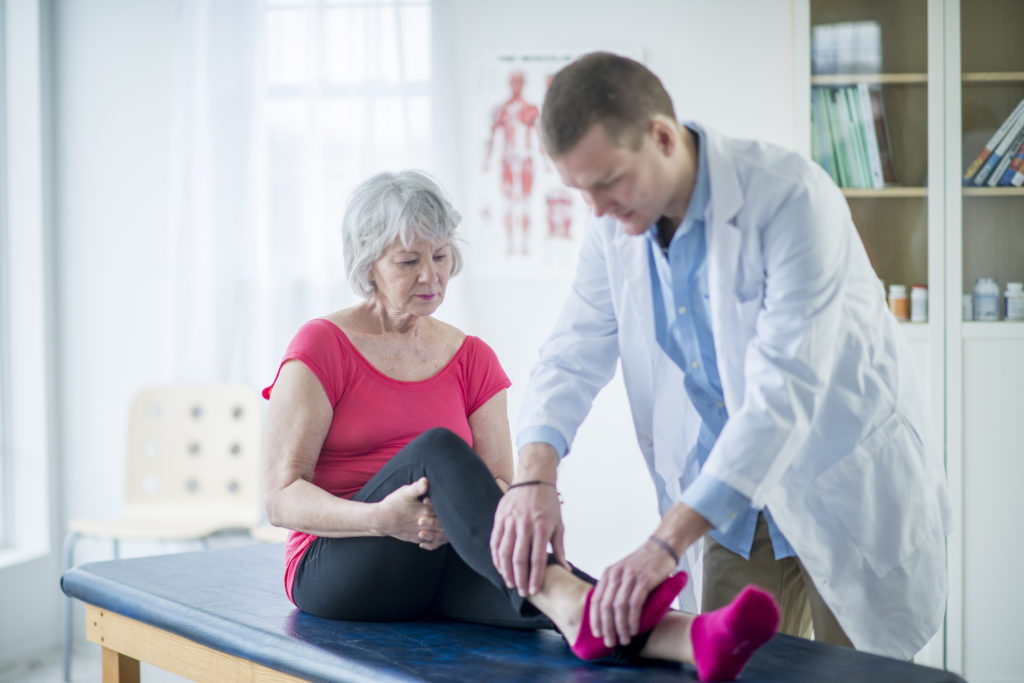
Severe ankle sprains often feel the same as an ankle fracture and are often treated similarly. When your ankle is broken, it will be unable to hold your weight.

Children with Sever’s disease usually have symptoms go away on their own within two weeks to two months; however, there are treatment options to relieve pain.

Although the symptoms and cause between a strain and a sprain are different, the treatment is usually R.I.C.E. (rest, ice, compression and elevation).
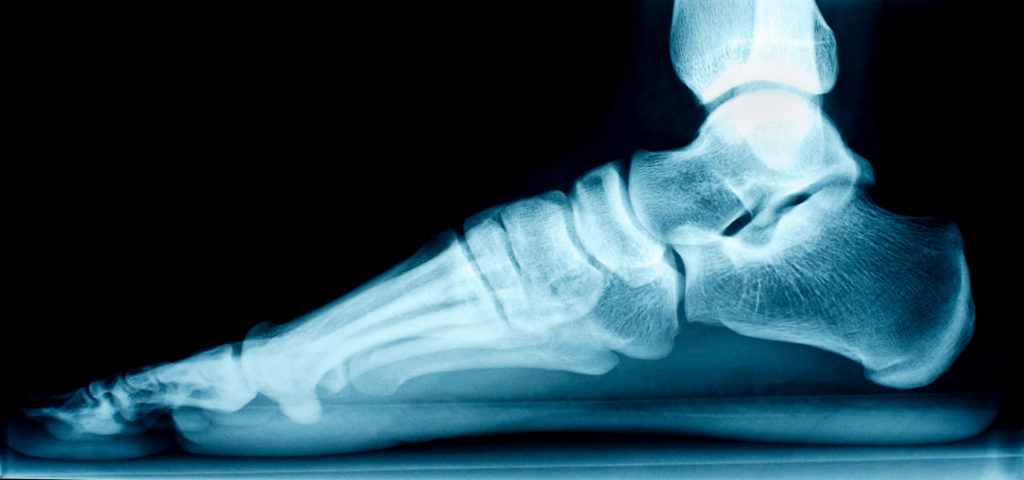
Left untreated, posterior tibial tendonitis can gradually result in flatfoot. Physical therapy, medication and rest should cure symptoms in a couple of months.

A common cause of plantar fasciitis is too much pressure on the bottom of the feet. Home treatment and physical therapy are usually recommended for recovery.

A metatarsal fracture occurs when one of the bones of the mid-foot is broken and you can’t walk. If this occurs, make an appointment with an OI foot specialist.
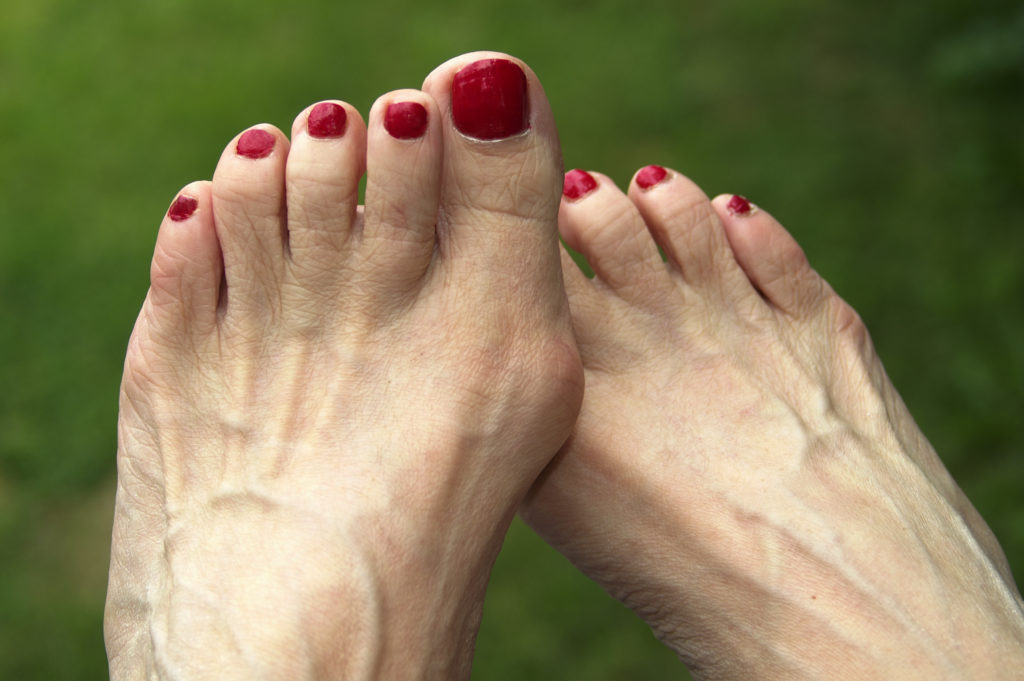
Usually, bunions are treated to reduce pain and keep them from worsening. Most bunions are caused by poor footwear, so supportive shoes may be recommended.

Ankle sprains are extremely common injuries that utilize conservative treatment, without surgery, which usually includes rest, ice, compression and elevation.

There isn’t a cure for ankle arthritis, but there are non-surgical options for people suffering from the disease. These include orthotics and physical therapy.
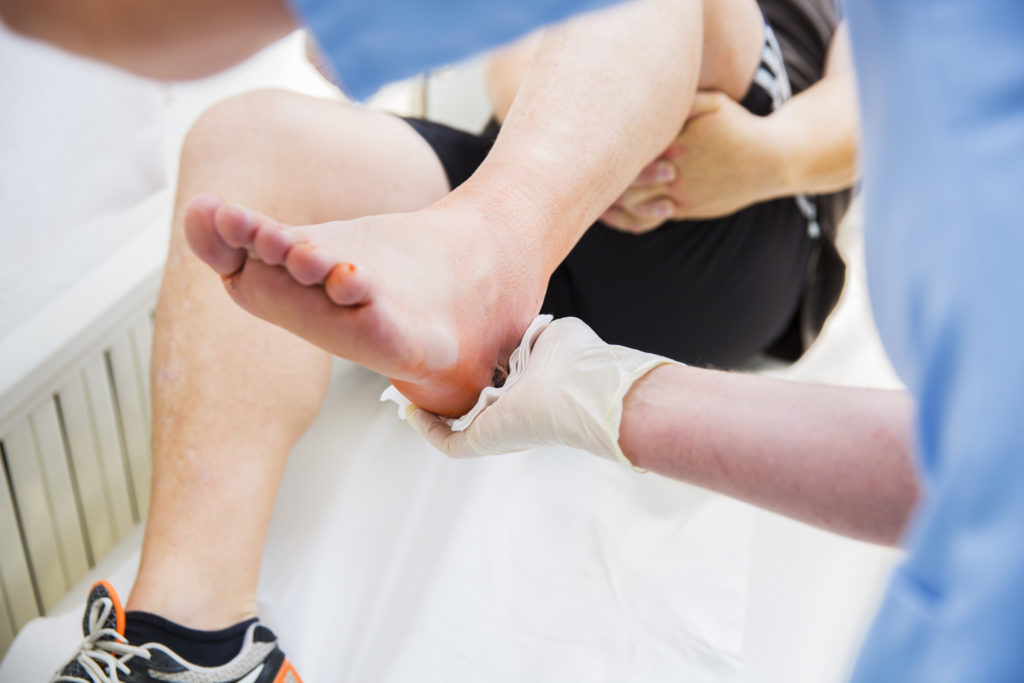
Young and active patients often choose surgery to repair an Achilles tendon rupture. However, physical therapy and a walking boot is a non-operative option.

The majority of Achilles tendonitis cases can be treated with non-operative methods. Some of these include physical therapy, calf stretches and medication.
Get stories and News in your inbox